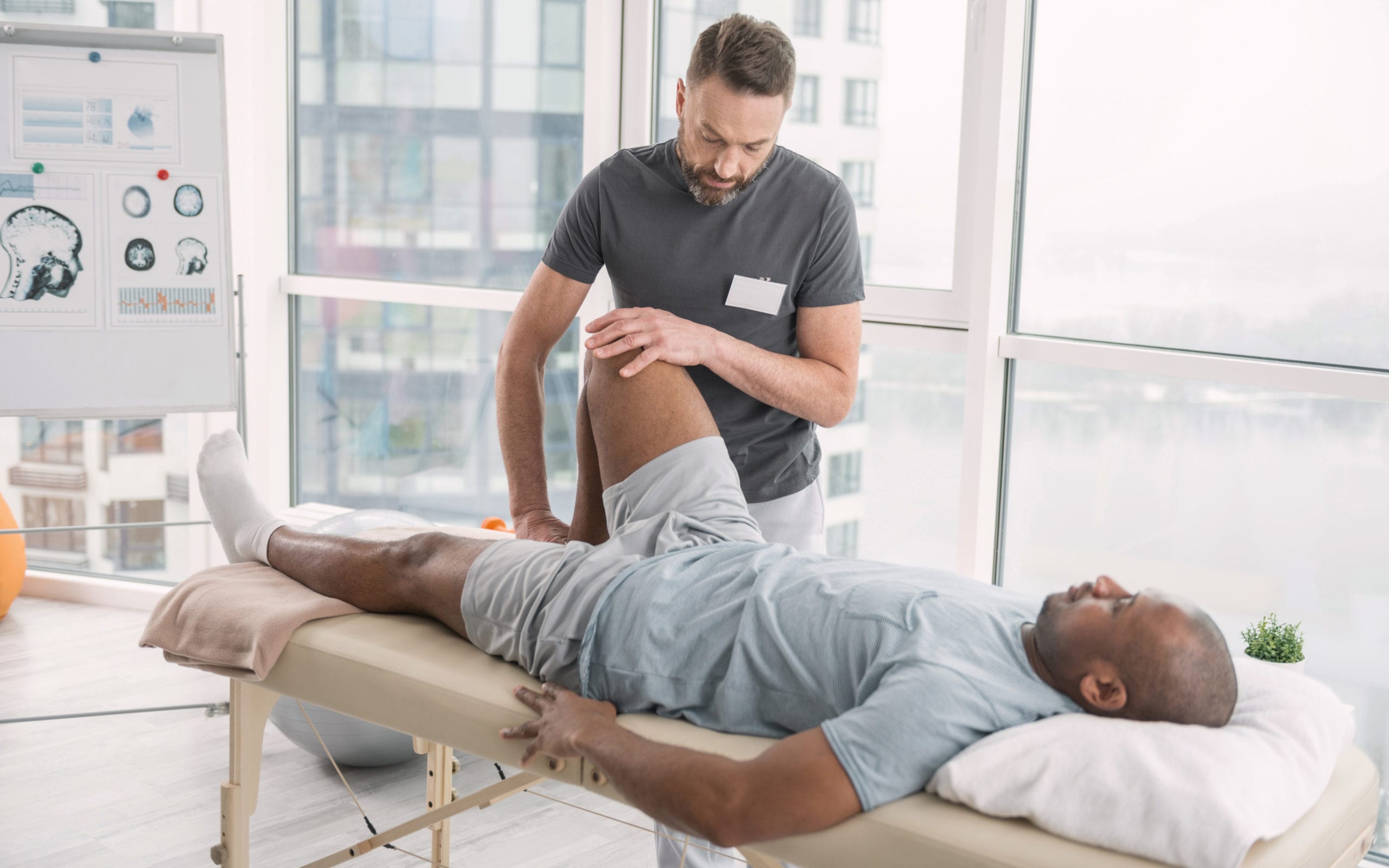Foam represents an valuable method that can notably enhance a user's mobility routine. It entails using a cylinder-shaped foam roller to apply pressure to designated regions of the body. This approach is known as self-myofascial release, which aids in alleviating soft tissue restrictions and enhances overall flexibility. Many sports professionals and fitness enthusiasts integrate foam rolling into their preparation and recovery sessions to prepare their muscles for activity and aid in recovery afterward. Understanding how to use foam rolling properly can support better outcomes and a reduced risk of physical setbacks.
To get started, it is crucial to choose the right foam roller. Foam rollers come in different densities and dimensions. A gentler foam roller is suitable for new users or those with low pain tolerance, while a firmer roller can provide greater pressure for more experienced users. The overall dimensions of the roller should also be taken into account; full-length rollers can be advantageous for broad regions, while compact ones are better for isolating specific areas. Once the best-fit roller is chosen, individuals can begin to add foam rolling into their routine successfully.
When using a foam roller, it is essential to focus on controlled movements. Rolling over restricted areas too rapidly can cause discomfort and may not provide the intended benefits. Instead, individuals should roll steadily over each muscle group for about 30–120 seconds. This allows the muscles to loosen and helps to break up knots and tight spots. Focused breathing while rolling can also improve relaxation and effectiveness. Targeting major areas such as the calves, quadriceps, rear thighs, and spinal muscles can lead to significant improvements in flexibility.

Moreover, combining self-myofascial release with flexibility exercises can enhance flexibility gains. After Go Here using the mobility tool, it is beneficial to perform stationary stretches on the same muscle groups that have been targeted. This combination helps in stimulating blood flow and increasing the range of motion in those muscles. For example, after working on the hamstrings, stretching them by performing a forward bend can further enhance flexibility. Adding click resources these techniques into a routine ensures that muscles are both relieved of tightness and lengthened.
In conclusion, consistency is key when it comes to foam rolling and improving flexibility. Integrating foam rolling into a weekly routine can provide lasting benefits. It is suggested to spend at least 10 minutes a few times a week addressing different muscle groups. By making foam rolling a regular practice, individuals will likely see improvements in their flexibility over time. This method not only readies the body for physical activity but also contributes to recovery and maintenance of overall muscle health, making it an essential addition to any fitness program.
Comments on “Improving Your Own Range of Motion Routine by incorporating Targeted Myofascial Release Methods”